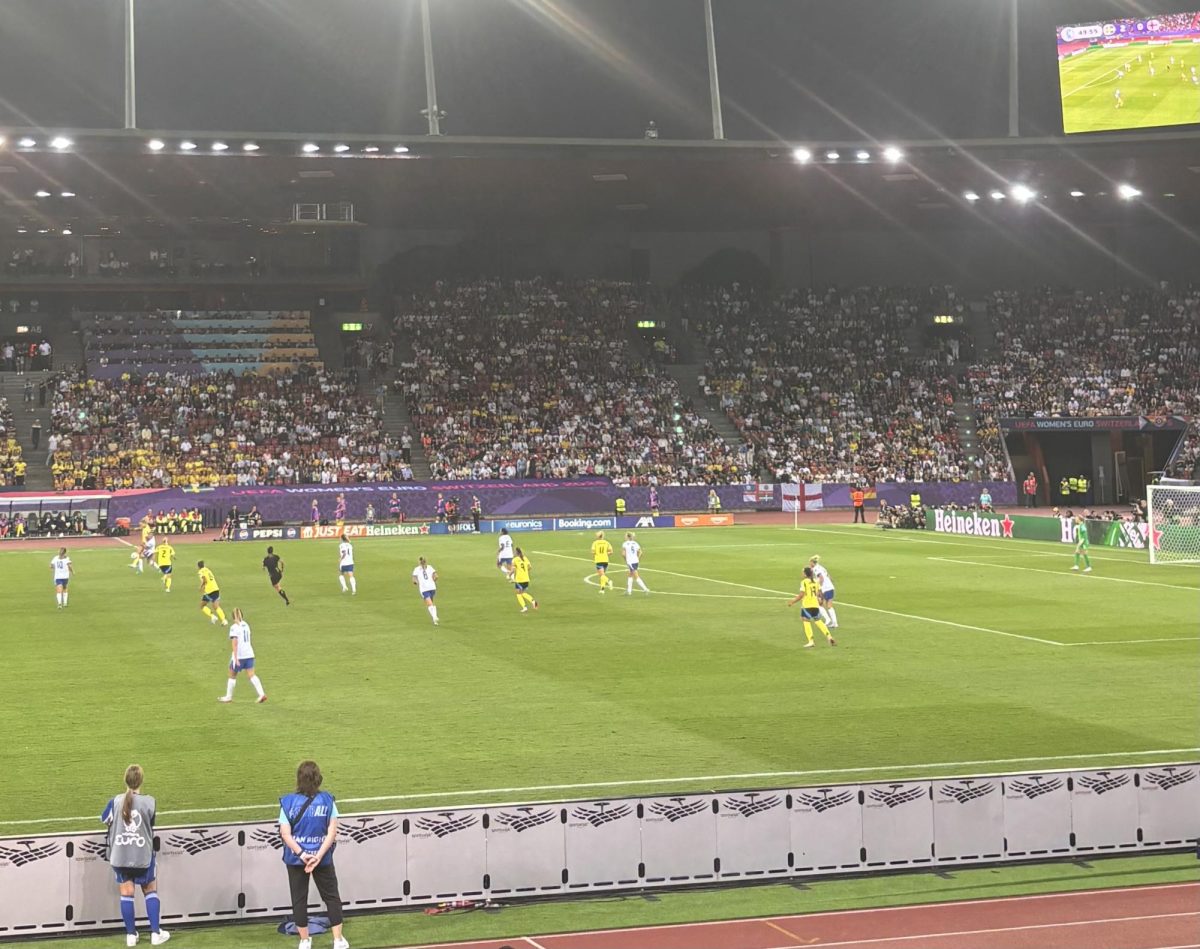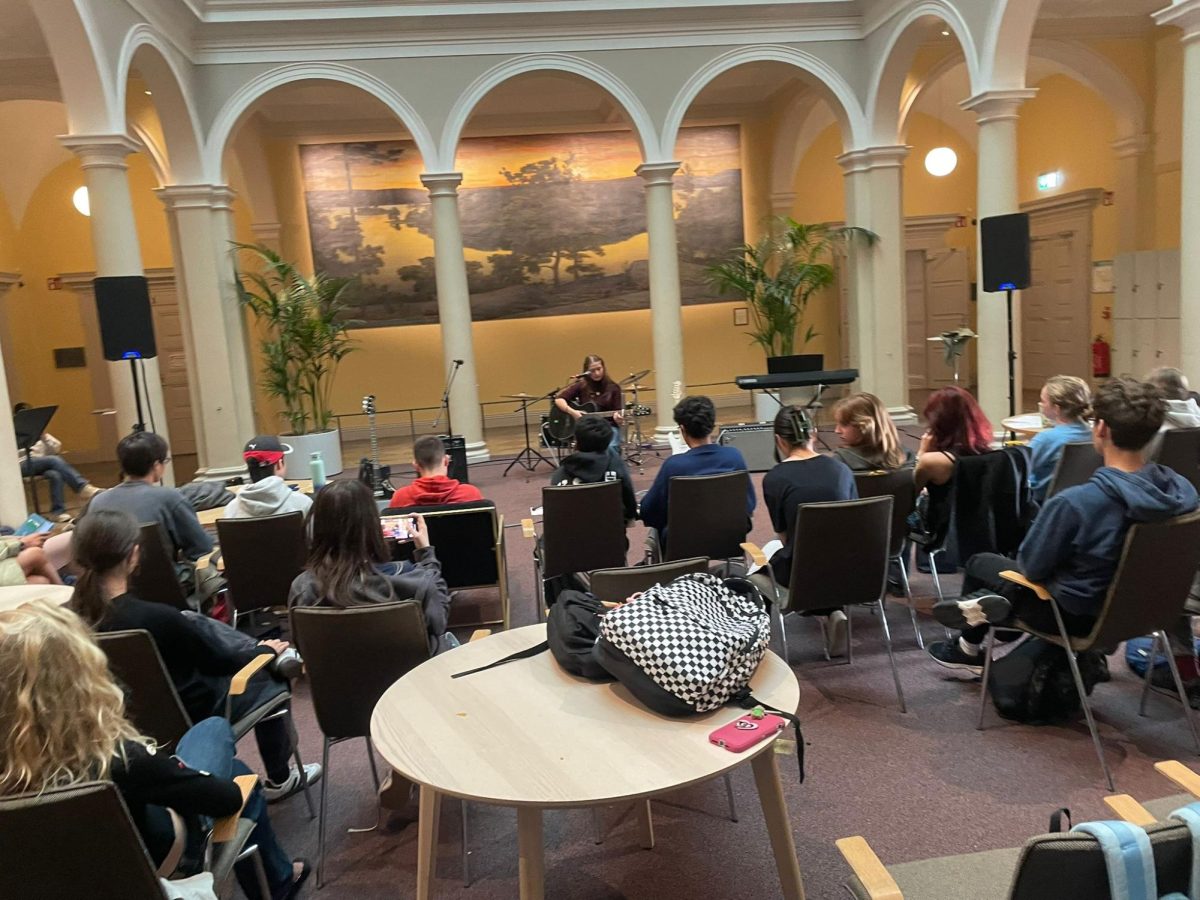I watched the quarter-final match between Sweden and England and the semi-final game between Spain and Germany. Both games were equally impressive. Not only were the matches intense, but the atmosphere was thrilling. People were singing, chanting, cheering their favourite players, and all were united by their love for football. I spoke to Matthias Albrecht, the director of Switzerland Tourism in the Nordics, who co-led the promotional aspect of the Women’s EUROs this year.
He agreed that the atmosphere in the stadium was amazing. He said it was “absolutely fantastic” but still “peaceful and very positive”. He recollected that, in addition to the cheering and chanting, people participated in the ‘La Ola’ – the crowd wave – in spirit of the riveting competition.
He said he took on this project, because the combination of women’s football and the beauties of Switzerland, this was an opportunity for Switzerland Tourism to target a “more diverse and a young audience.” Mr. Albrecht said “It was a fantastic project that could show people that Switzerland is not just cows and cheese and chocolate, but exciting, lively and full of spirit.”
Having said that, during the games, there was also something extraordinarily special about the championship. It was the fact that at all of the games, a new record was broken for the number of people watching the Women’s UEFAs live, in comparison to previous years. Mr. Albrecht said that because of this year’s championship, “we really saw a huge development in women’s football. Record numbers from A to Z [and] all games were sold out except for two.” It is clear that Women’s football is expanding considerably for the better, and that it is progressing in the right direction. He also commented that they have seen huge increases in the numbers of people streaming the games in Switzerland and Germany. He believes that this “gets people more interested in sports,” globalises Women’s football further and benefits the players, by providing them with financial stability through football.
Needless to say, it is very exciting to hear about these developments in the Women’s Euros this year in Switzerland, and in general in Women’s football, as we strive for a world where men and women can be equally recognised for their talents and passions. In conclusion, this year’s championship was truly wonderful, for football, for Switzerland, and for women.
This was an experience I am grateful to have seen with my own eyes. Lastly, again a special thanks to Matthias Albrecht for his participation in this interview.







